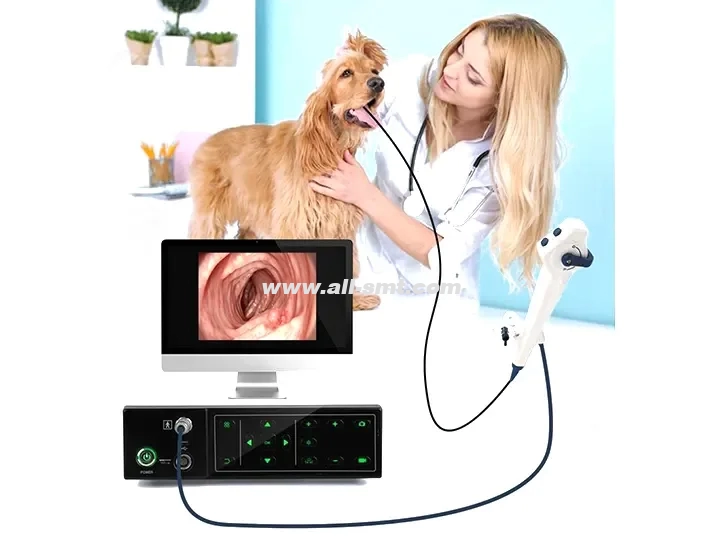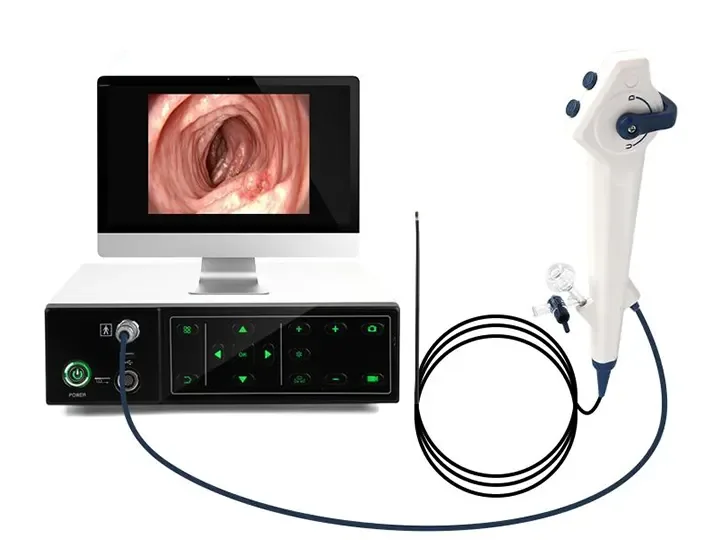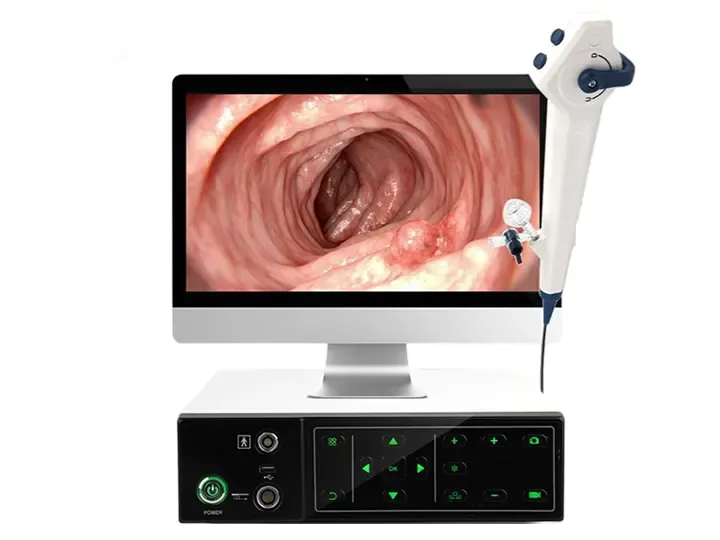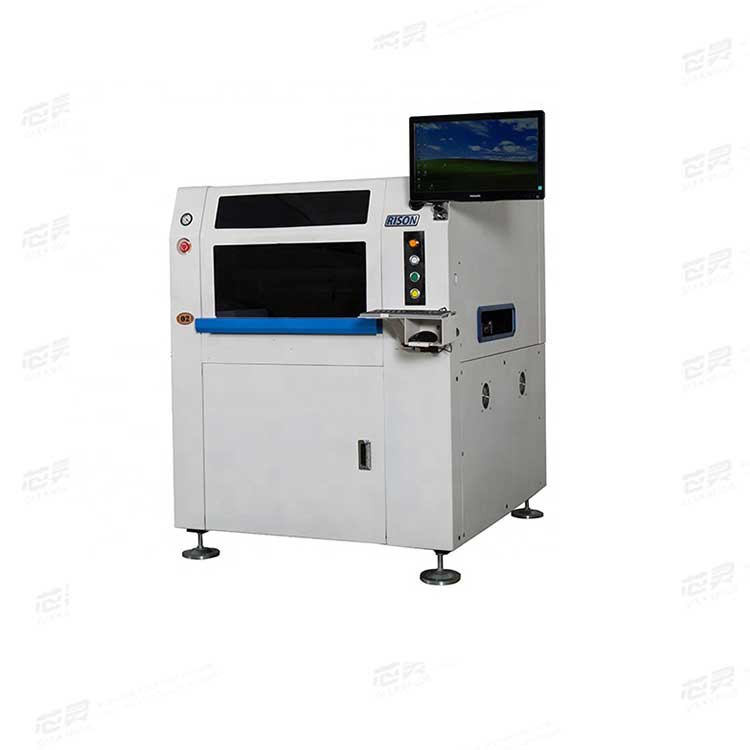The pet high-definition medical endoscope is a minimally invasive visualization device designed specifically for animal diagnosis and treatment. It uses 4K/1080P high-definition imaging technology to help veterinarians accurately examine the body cavity, respiratory tract, digestive tract, etc. of pets (such as dogs, cats, and exotic pets) and perform minimally invasive surgery. Compared with traditional methods, it can reduce trauma and improve diagnostic accuracy, and has become a high-end equipment in modern pet hospitals.
1. Core functions and features
(1) High-definition imaging system
4K/1080P electronic endoscope: The front-end CMOS sensor provides ultra-clear images and can observe subtle lesions (such as gastric ulcers and tumors).
High-brightness LED cold light source: safe lighting to avoid tissue burns.
Portable host: Some models support direct connection with tablets or mobile phones, which is convenient for use during outpatient visits.
(2) Flexible adaptation to different pets
Multiple specifications of the mirror body: 2mm~8mm diameter optional, suitable for small dogs, cats and even birds and reptiles.
Flexible soft endoscope and hard endoscope:
Soft endoscope: used for gastrointestinal tract and bronchial examination (such as removal of foreign bodies in cat bronchus).
Hard endoscope: used for fixed cavities such as bladder and joint cavity (such as arthroscopy of dog knee).
(3) Treatment and sampling function
Working channel: can be connected to biopsy forceps, tweezers, electrocoagulation knife and other tools for sampling or hemostasis.
Flushing and suction: simultaneous removal of secretions or blood to maintain a clear field of vision.
2. Main application scenarios
Digestive tract examination: investigation of the cause of vomiting/diarrhea (such as foreign bodies, parasites).
Respiratory tract diagnosis and treatment: examination of foreign bodies or inflammation in the nasal cavity and trachea.
Urinary system: visual diagnosis of bladder stones and urethral stricture.
Minimally invasive surgery:
Gastrointestinal polypectomy
Laparoscopic sterilization (wound only 5mm)
Arthroscopic repair of ligament injuries
3. Advantages of pet endoscopes
✅ Non-invasive/low trauma: avoid laparotomy and accelerate recovery.
✅ Accurate diagnosis: Directly observe the lesion to reduce misdiagnosis (such as distinguishing tumors from inflammation).
✅ Convenient treatment: Complete examination and surgery simultaneously (such as removing toy parts that have been ingested by mistake).
4. Precautions for use
Anesthesia requirements: General anesthesia is required to ensure that the pet does not move (cardiopulmonary function needs to be assessed before surgery).
Disinfection specifications: Strictly follow animal medical disinfection standards (such as special enzyme wash + low-temperature sterilization).
Operation training: Veterinarians need to be familiar with instrument manipulation and anatomical differences (such as different curvatures of the digestive tract of dogs and cats).
Summary
Pet high-definition endoscopes are gradually becoming standard equipment in high-end pet hospitals, significantly improving diagnosis and treatment efficiency and animal welfare. As technology sinks, it may become an important tool for pet specialties (such as ophthalmology and dentistry) in the future.






